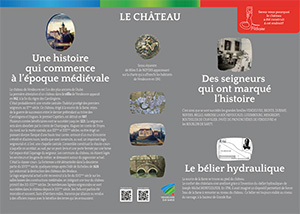Voici les différents panneaux du circuit patrimonial Mélusine :
Château
The Château
Do you know why the château was originally built on its specific location?
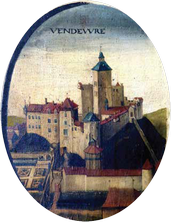
A history rooted in mediaeval times
The château de Vendeuvre is among the longest-standing in the Aube region.
The first evidence of a château in the villa of Vendeuvre dates from 962 B.C., at the end of the Carolingian reign.
It was almost certainly a ‘castle mound’, a sheltered dwelling for the first lords in the 10th century. This château, erected near the source of the Barse River, was the focus of the war for succession between the last Carolingian pretender to the throne and Hugh Capet. It was destroyed in 987 B.C.
Several counts passed on their titles to their heirs until 1221. The seigniory was subsequently taken over by Hugh, Count of Champagne and Master of Troyes. To the north of the castle mound, a powerful dungeon with a high square tower was erected during the 12th and 13th centuries, featuring an indented surrounding wall and several other towers. A large seigniorial dwelling was built to the south, and a chapel was constructed to the east. Together they formed the ‘high court’ which was accessed from the south across a drawbridge and through a gate closed by a portcullis. This space was the lord’s prerogative. The outhouses of the château, where servants and tradesmen were lodged, were constructed around the existing dovecote. This was known as the ‘low court’. The fortress was taken apart in the second half of the 17th century, in accordance with Cardinal Richelieu’s 1626 edict ordering the destruction of feudal castles.
The present-day seigniorial dwelling was reconstructed at the end of the 17th century on the lower parts of the mediaeval buildings, incorporating a tower from the original 12th-13th-century château.
Many lordly lineages have succeeded one another in the château since the 13th century. Its fiefs have on occasion been fragmented and often, for want of male heirs, passed on by marriage or sold to regal officers alongside all the benefits of the surrounding lands.
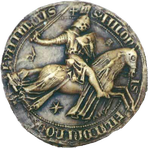
Equestrian Seal of Miles X. de NOYERS as it appears on the charter that freed the inhabitants of Vendeuvre in 1341.
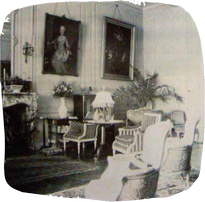
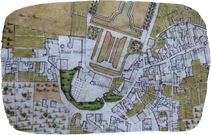
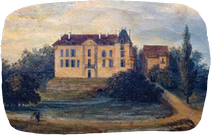
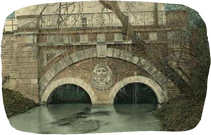
Lords who made history
Thus, prominent families succeeded one another: The VENDEUVRE, BROYES, DURNAY, NOYERS, MELLO, AMBOISE LA ROCHEFOUCAUD, LUXEMBOURG, MESGRIGNY, BOUTHILIER DE CHAVIGIER, PAVÉE DE PROVENCHÈRES DE VENDEUVRE, and the BOURLON DE SARTY.
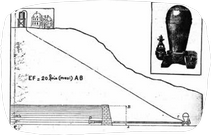
The hydraulic ram
The source of the Barse River lies at the foot of the château.
The comfort of the lords improved when Joseph-Michel MONTGOLFIER invented the ‘hydraulic ram’ in 1796. He imagined a device to force the water of the Barse River to rise up to the level of the château which can still be seen today, just off the Grande Rue.





